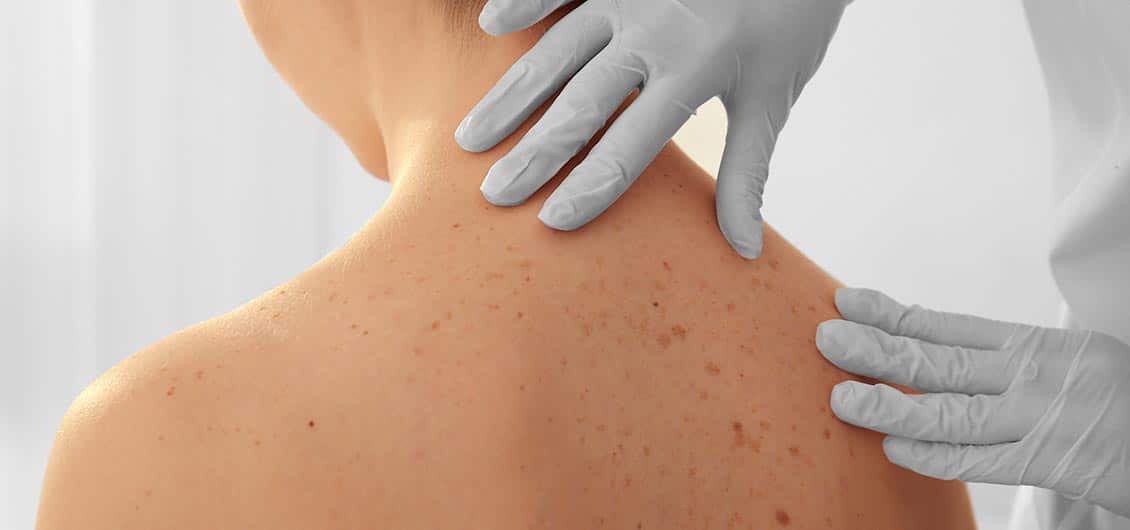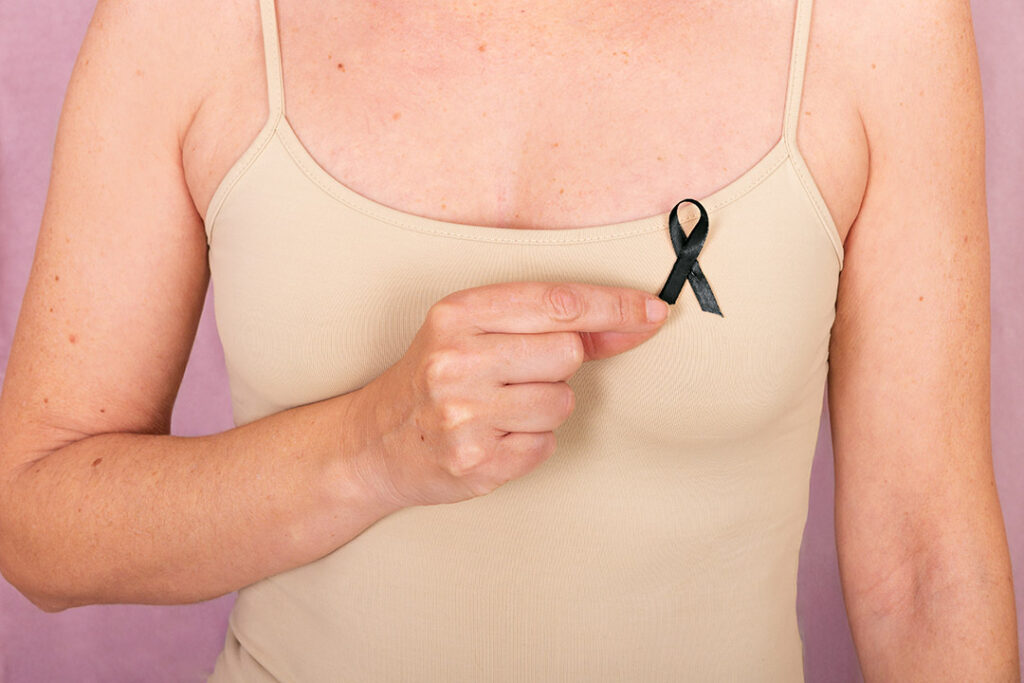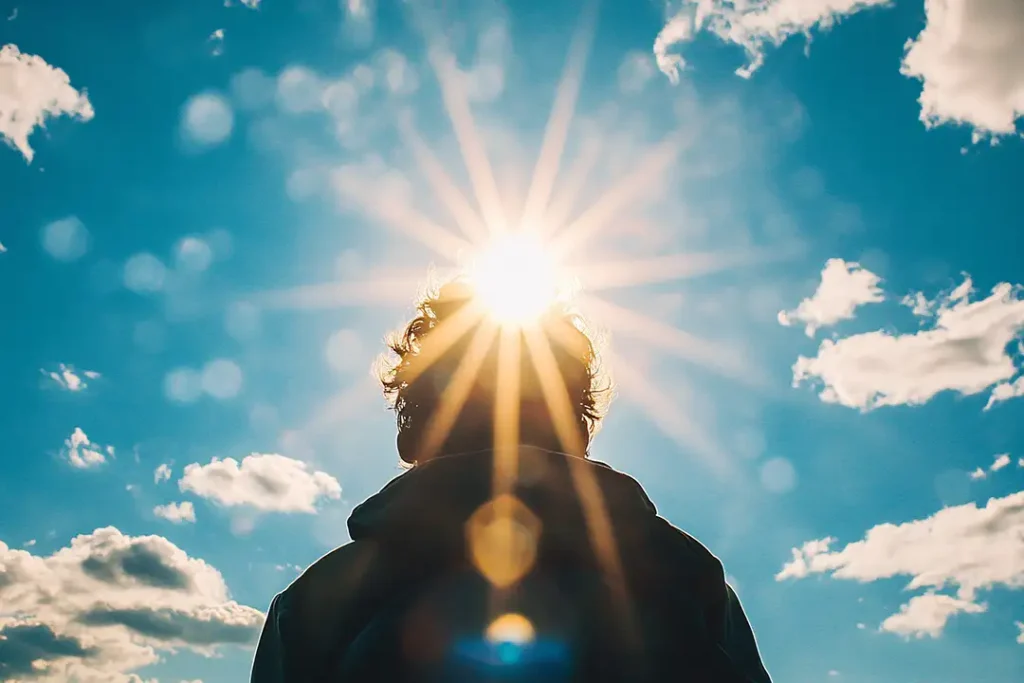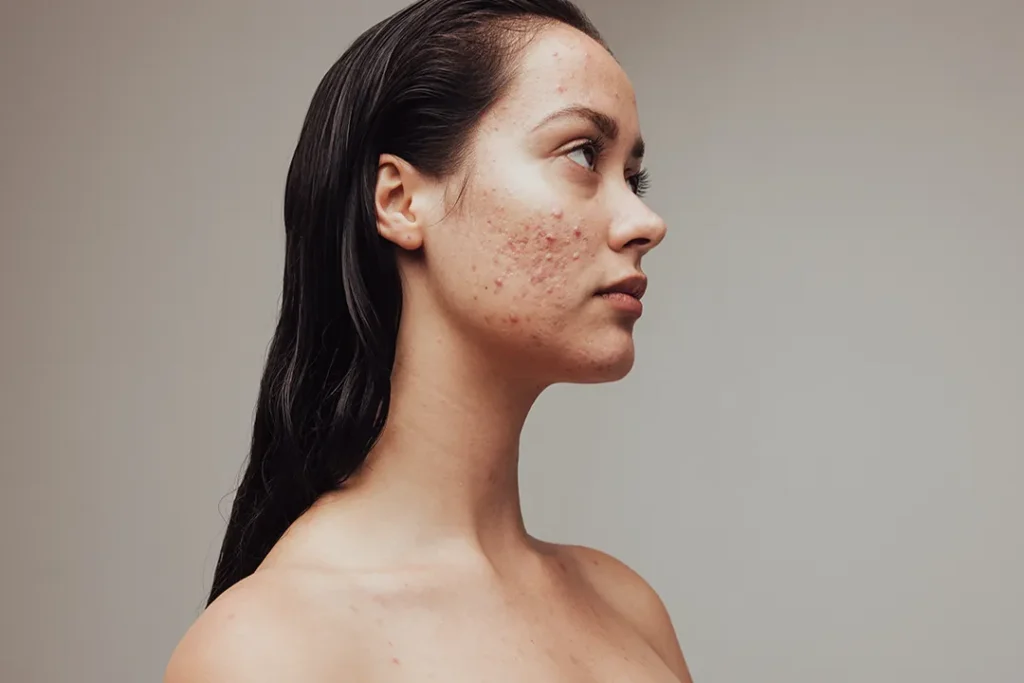Skin Cancer Fairy Tales Unveiled
Unfortunately, myths about this deadly skin disease run rampant and like old wive’s tales can often cause more harm. When it comes to skin cancer, ignorance is not bliss.
In this article, we hope to highlight some of the more well known myths and lesser known facts that can increase your risk of getting skin cancer. Keep reading and see for yourself. Are you aware of all of these?
Tanning as a child keeps you safe as an adult – MYTH
NO! Early sun exposure does not desensitise the skin. “In fact, the opposite is true,” reports Dr Austin. “Unprotected sun exposure, particularly severe sunburn as a child increases your risk for skin cancer.”
Most sunscreens need to be reapplied every 2 hours – FACT
Most sunscreen’s won’t last longer than 2 hours unless otherwise stated on the bottle by the manufacturer. Even makeup with sunscreen in it will not last all day. Sunscreen should also be reapplied after exercise or swimming as sweat, water or physical touch can remove sun protection.
I’m too old for skin cancer – MYTH
Actually the risk of getting melanoma actually goes up as you age. “The average age at diagnosis is 63,” says the American Cancer Society.
Skin cancer can appear on body parts that are not often exposed to the sun – FACT
Bob Marley died from a Melanoma under his toenail. Just because an area of your body isn’t often exposed to the sun or is often protected by clothing, glasses, a hat or a nail doesn’t mean you can’t get skin cancer there. This is why it is important to get your skin checked regularly by a qualified skin doctor.
Winter means no sunscreen necessary – MYTH
UVA and UVB rays don’t take a vacation in the winter. In fact, what with sun and ice reflection, the rays can be even more powerful. “In rain or shine, when the sun comes up, you should always be wearing sunscreen,” says Dr Austin.
If I go in the sun before 10am or after 4pm the likelihood of getting sun burnt decreases – FACT
The sun’s rays are less powerful in the early morning and late afternoon so you are not as likely to damage your skin as much as you would if you spent the same amount of time in the sun between those times. HOWEVER – this does not mean you will not get burnt during those times. You should always wear sunscreen whenever outside no matter what time of day it is but if you are planning a walk it is best to go before 10am or after 4pm.
Chemical sunscreens let toxins into the blood stream that can cause cancer – MYTH
There are two types of sunscreen available – chemical and physical, although a lot of manufacturers will use a combination of both. Chemical sunscreens have ingredients that are absorbed into the dermis to protect against UVA/UVB rays and are then safely circulated out of the body. The advantage of chemical sunscreens is that they will still protect you if anything brushes it off the skin and they rub in clear but they usually only last for 2-4 hours. Physical sunscreens have ingredients like zinc and titanium dioxide that create a physical barrier that sits on the skin. They are not absorbed by the body and can last longer than 2-4 hours but only as long as they sit on the skin. However, they are often thicker than chemical sunscreens and can leave a slight white sheen. For this reason physical blockers are often used in makeup products.
People with tanned skin can still get skin cancer – FACT
This is true. People with tanned skin can still get skin cancer it is just far less likely than people with fairer skin. Generally speaking, the lighter your skin, the higher your risk or skin cancer. However, that is definitely not the only fact to take into consideration. You should also be aware of your family history, your own history of skin cancer as well as the time you have spent in the sun during your life.
I always wear long pants and long sleeves, so I’m safe. – MYTH
NO! While there are clothing items that are made to protect against the sun, most clothing does not offer meaningful protection. “Protective clothing has an ultraviolet protection level of 15-50,” reports Dr Austin. “Typical clothing has a UPF of just 5.”
Fake tan does not help protect the skin against the sun – FACT
Fake tan offers no sun protection at all. Just because your skin does not look it’s normal colour does not mean you can’t still get burnt.
Melanoma is not the only lethal skin cancer – FACT
Melanoma can be deadly if left untreated but it is not the only potentially lethal skin cancer. Often when a patient hears that they have a skin cancer that is not a Melanoma they relax and sometimes put off treatment to a more suitable time. Skin cancers do not stop growing once they have been diagnosed. The sooner a skin cancer is treated the better. Certain skin cancer’s, such as Squamous Cell Carcinoma’s or SCC’s can grow quite rapidly and if not treated quickly can spread.
All sunscreens are the same. As long as I’m using 30+ I’m covered – MYTH
Not all sunscreens offer the same protection and have a different combination of ingredients. However SPF is not the only thing you want to consider. A lot of sunscreens can sting the eyes, cause the skin to breakout in pimples or a rash or stain white clothes yellow. There is also the composition to consider, should you use a sunscreen with physical or chemical blockers? With all of this it can be quite difficult to pick the right one. If in doubt, it is always best to ask the advice of an expert. You want at least a 30+ SPF and it is best to ensure that it has both UVA and UVB protection. Physical or chemical comes down to preference but both are safe and both have their advantages.
A “base tan” will protect me – MYTH
A tan, regardless of whether it comes from the sun or a tanning bed, is bad for your skin. “Tanning is your skin’s way of telling you it’s been damaged,” explains Dr Austin.
You can still get burnt while driving – FACT
Windows do block UVB rays that burn your skin, but “UVA rays aren’t stopped, and these are the rays related to melanoma,” warns Dr Austin. Unless your car windows have a UVA protective screen on them then they will not actually protect you from the sun’s rays. So make sure you are still slip, slop and slap if you are going on a long drive.
I won’t get enough Vitamin D if I don’t tan – MYTH
According to a report from the National Academies of Sciences, Engineering, and Medicine, “there is no research to support the idea that you can get Vitamin D from UV light without increasing your risk for developing skin cancer.” Your skin will still manufacture Vitamin D even if you wear sunscreen.
Skin cancer isn’t really a big deal anymore – MYTH
“While the majority of skin cancer malignancies are less deadly, they nonetheless harm skin in a way that can impact your life,” says Dr Austin. “Melanoma or Squamous Cell Carcinoma, can definitely be lethal.” Skin cancer is still a type of cancer and while not all are likely to be lethal if left untreated they can cause a lot of damage.
Let Us Keep You Safe
At Austin Clinic, we know our away around skin. You can count on us for prevention advice, treatments, and home care options that will keep you glowing with good health. This article may have highlighted some frightening facts for you but just remember that most skin cancer’s can be treated effectively if detected early. Contact us to book an appointment with one of our highly qualified skin cancer doctors for your check now.




